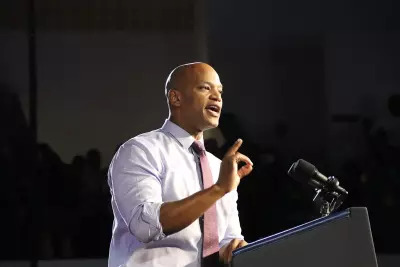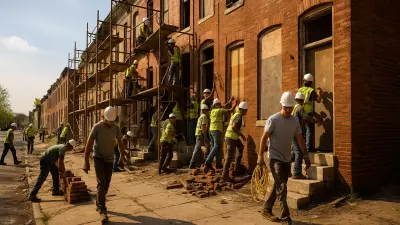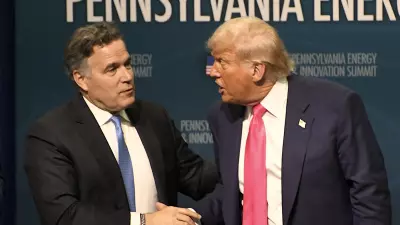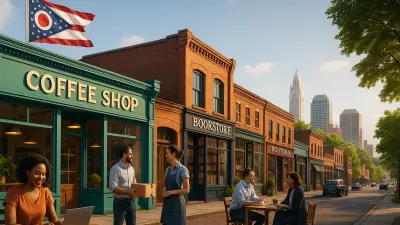The goal is to transform at least 5,000 vacant properties in the city into homeowner-occupied, economically productive units by the end of fiscal year 2029.

In a significant move aimed at revitalizing Baltimore’s most blighted neighborhoods, Maryland’s state government has allocated $50 million in targeted grant awards to demolish or rebuild vacant buildings.
It also introduced a publicly–private vacancy support fund.
The initiative is part of the expanded Baltimore Vacant Reinvestment Initiative (BVRI), launched by the Moore administration as a central pillar of its efforts to transform long-neglected urban areas.
The BVRI was established by executive order in October 2024, with a target of addressing 5,000 vacant properties by 2029. The launch represents the first of several planned accelerated investment rounds.
The grant package is structured to address vacancies through a three-pronged approach. Nearly one-third, or almost $15 million, has been earmarked for Baltimore City and the Maryland Stadium Authority.
These funds will finance the demolition, stabilization, and acquisition of vacant buildings, clearing the path for future redevelopment.
A further $30 million has been allocated among 16 community development organizations, selected based on their demonstrated success in neighborhood revitalization.
Finally, a $5 million allocation has been reserved for substantial mixed-use projects slated to progress through fiscal year 2025.
Concurrently, the state announced the creation of the Baltimore Vacant Reinvestment Initiative Support Fund.
The $1 million support fund includes contributions from a coalition of six Baltimore-based philanthropic organizations, all aligned to bolster local development capacity.
This philanthropic effort, supported by approximately $1 million in contributions from local foundations, is designed to complement capital investments with essential technical assistance.
A statement from Gov. Wes Moore’s office said that community organizations, with the expert guidance and resources necessary, can optimize the deployment of state grants.

“We know that if we want to drive investment and growth in Baltimore City, we need to address its vacant housing crisis,” Moore said.
“And the future of these properties will be written in coordination with local leaders, because those closest to the problem are closest to the solution. Together, we will build a more vibrant, prosperous, and growing Baltimore for all.”
Moore is up for re-election in 2026.
The accelerated timetable underscores a broader ambition: To transform at least 5,000 vacant properties into homeowner-occupied, economically productive units by the end of fiscal year 2029.
The typical grant cycle has been condensed from six months to a matter of weeks as part of the executive order establishing “Reinvest Baltimore” in October 2024.
With funding now flowing to both nonprofits and public agencies, the state signals a strategic pivot—from managing existing vacancies to proactively cultivating investment.
Officials hope that rapid demolition and community-led redevelopment will unlock new opportunities in neighborhoods that have long been marked by disinvestment.
This initiative represents a growing alignment among state, city, and philanthropic stakeholders.
The Maryland Community Investment Corporation will administer the support fund, while regional foundations contribute complementary expertise and resources. The combined effort aims to deliver not just buildings, but a renewed vision for Baltimore’s future.
How well these programs can tackle a longstanding problem is up for debate.
Experts and community leaders are closely monitoring the progress to assess whether this coordinated approach can yield improvements in city blocks that have suffered decades of decline and disinvestment.







